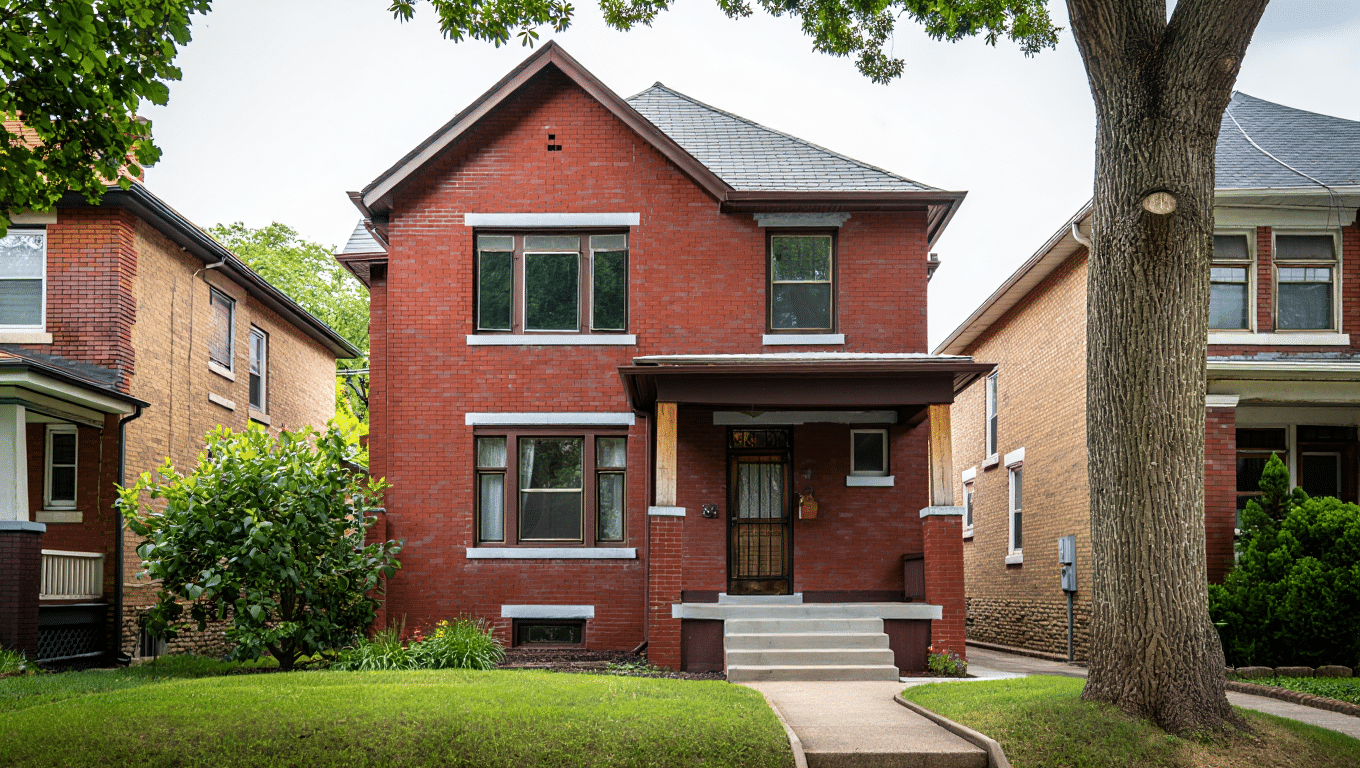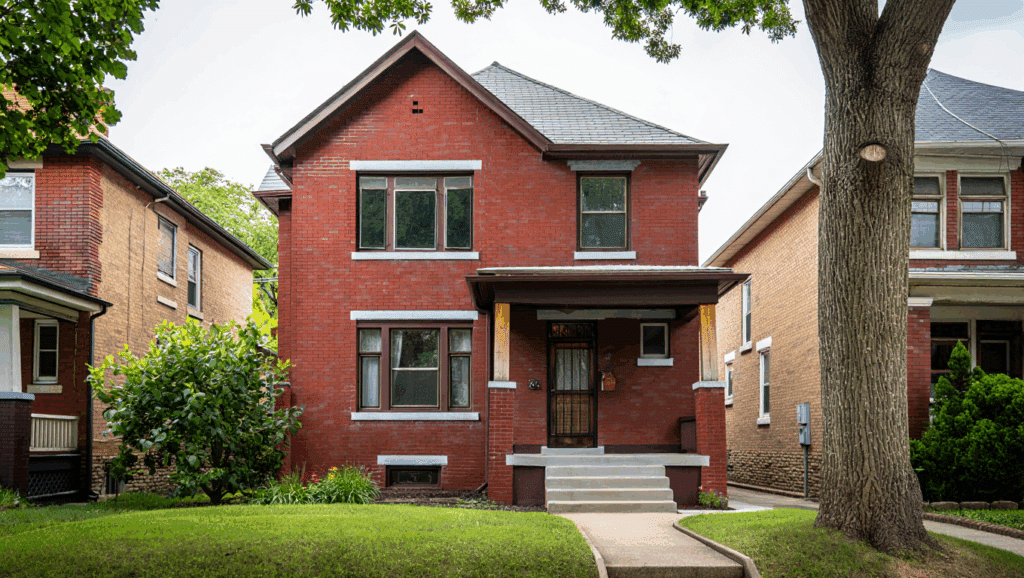
12 Feb Concrete Slab Lifting Basement

To avoid injuries, or potential litigation in the case of businesses, you’ll need to address these problematic concrete slabs. Typically, sunken or settled concrete slabs are raised to become level with the rest of the concrete surface in a process known as concrete slab lifting.
Also known as concrete leveling, it involves the injection of material underneath the sunken or settled concrete slab to lift it up. The injected material fills the void left by the sunken or settled concrete and becomes a strong, stable base.
Signs of Concrete Sinking or Settling in the Basement
There are many warning signs of concrete settling or sinking issues in the basement. These include:
Concrete cracks
You will most likely know that you have these concrete issues in your basement once you see the cracks on the floor or on the walls or along baseboards, especially those that continue to widen or lengthen.
Uneven concrete
When concrete has settled in only one area of the basement, you’ll typically find that the floor is uneven. You might see some sloping from one end to another. Your basement floor could also be sloping in the middle if the concrete has settled in that area.
Gaps
When your basement floor is sinking, you’ll often find gaps along the ceiling and between the baseboard and the walls. If you have support beams, those might start to pull away from the ceiling too. Splitting caulk is another warning sign of a sinking basement floor.
Causes of Basement Concrete Sinking or Settling
There are two main reasons why the concrete in your basement sinks or settles. One, you can blame the house’s contractor for, while the other is the result of a natural occurrence.
Soil compression
You might think that soil is composed of just dirt and minerals. However, it also contains water and air. Water in the soil evaporates but is replenished by rain and snow.
When those natural events don’t happen for a long time, soil can lose way more moisture than usual. As a result, soil presses together to fill the space of the evaporated water and the heavy concrete sinks or settles because the supporting soil underneath it has shrunk.
Poor soil preparation
Soil composition affects the stability of any construction project. Contractors love working with loam and sand, while steering clear of clay and peat soils, if possible.
When working with loam and sand, the contractor will usually need to compact the soil first before building the house’s foundation. However, in the case of clay and peat soils, they will have to conduct a soil test and come up with a foundation system suitable for the soil they’re working with, such as using pile foundations or digging a deeper foundation.
How Concrete Slab Lifting Works
Concrete slab lifting requires specialized machinery, such as a hydraulic slurry pump, as well as appropriate training in order to achieve the desired result. In general, concrete slab lifting has the following basic steps.
1. Drill holes
Contractors will drill holes in strategic locations throughout the affected concrete slabs. Depending on the method of slab lifting used, these holes vary in size from as small as ⅝ inches to as large as 2 inches.
2. Inject foam or cement
They will then pump a compound through the holes using specialized equipment pumps. The compound —which can be a stone, foam or mud slurry—will fill any voids underneath the concrete slab, making it rise.
3. Patch the holes
Once the concrete slab is leveled with the rest, the holes are then sealed. After patching up, the holes are barely noticeable.
Types of Concrete Slab Lifting
There are three types of concrete slab lifting methods contractors use to raise settled or sunken concrete in your basement. These are:
Mudjacking
Mudjacking uses a mixture of soil, sand, and water, but cement might also be added. The mixture is injected through holes that are usually 2 inches in diameter.
Polyurethane foam concrete lifting
Contractors use a small hole size—just ⅝ inches—to pump in a two-part polyurethane foam, which expands underneath the sunken or settled concrete slab, causing it to rise.
Stone slurry grout concrete lifting
Stone slurry grout concrete lifting uses a mixture of crushed agricultural limestone, water and sometimes cement. The slurry is then pumped under the sunken or settled concrete slab through a roughly quarter-sized hole.
Table 1. Concrete slab lifting methods
|
Mudjacking |
Polyurethane foam concrete lifting |
Stone slurry grout concrete lifting |
|
|
Drill hole size |
Usually 2 inches |
Around ⅝ inches |
Around 1 inch (about the size of a quarter) |
|
Lifting compound |
Sand, soil, water, concrete (optional) |
A two-part polyurethane foam |
A mixture of water and crushed agricultural limestone |
Benefits of Concrete Slab Lifting in the Basement
Renovations and repairs, in general, can be messy and take a long time to get completed. Not concrete slab lifting. It’s a quick way to raise sunken or settled concrete in your basement that only takes hours. This saves time, so you can get back to using your basement as soon as possible.
Concrete slab lifting is also cost-effective compared to replacement of your basement floor. It uses less material, just one or two contractors, and no heavy equipment like mixers and large trucks. However, it still provides reinforcement to the concrete and provides stability to your basement floor.
What’s more, once the contractors are done with their work, you’ll barely notice the hole marks on the basement floor. They seamlessly blend in with the rest of the basement.
Risks of Not Addressing Concrete Sinking or Settling in the Basement
Sinking or settling concrete in your basement not only doesn’t look good but can pose several issues as well. Uneven concrete can be a safety hazard. It’s only a matter of time before someone trips and hurts themselves. In addition, sunken or settled concrete can also cause water damage issues and other damages.
Don’t wait for major structural issues to happen. Repair uneven, sinking, or settling concrete in your basement as soon as possible. But, don’t do it on your own. Reach out to a professional who can do a good job.


No Comments